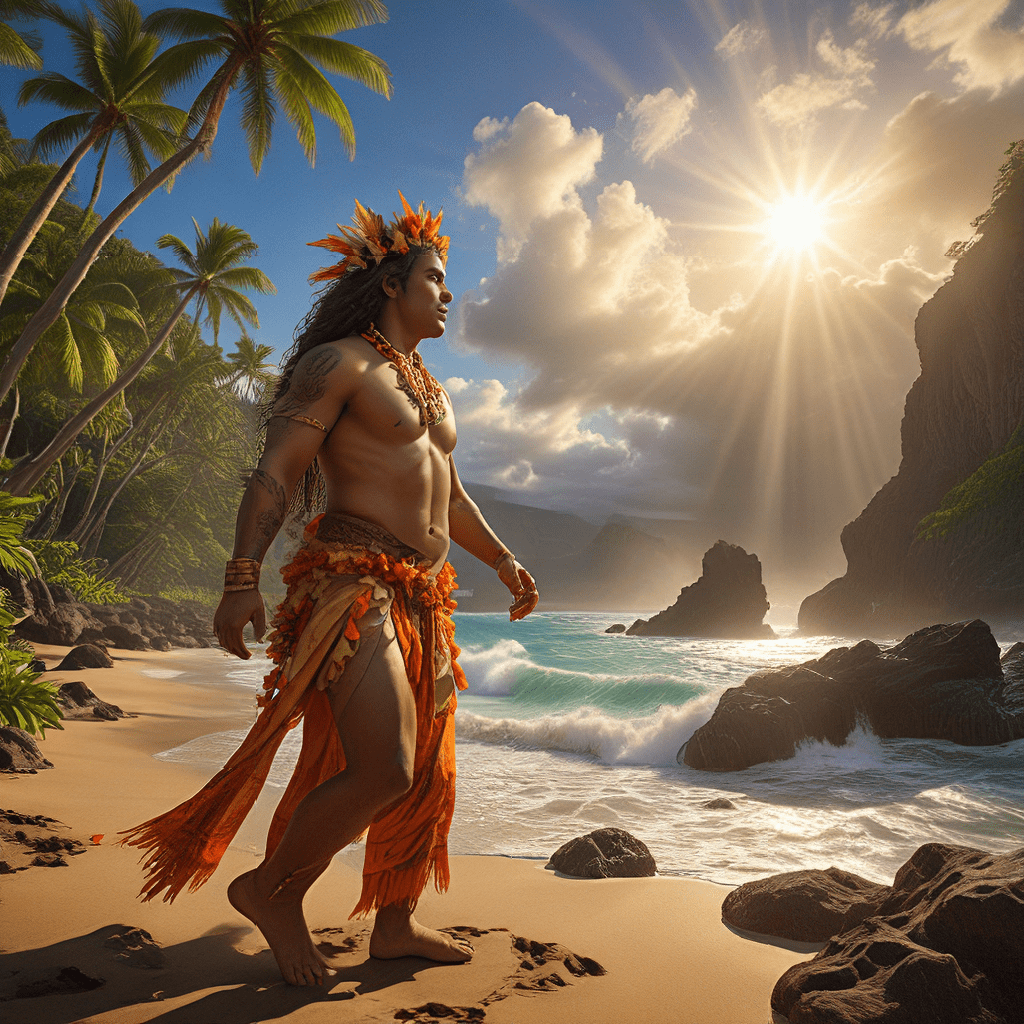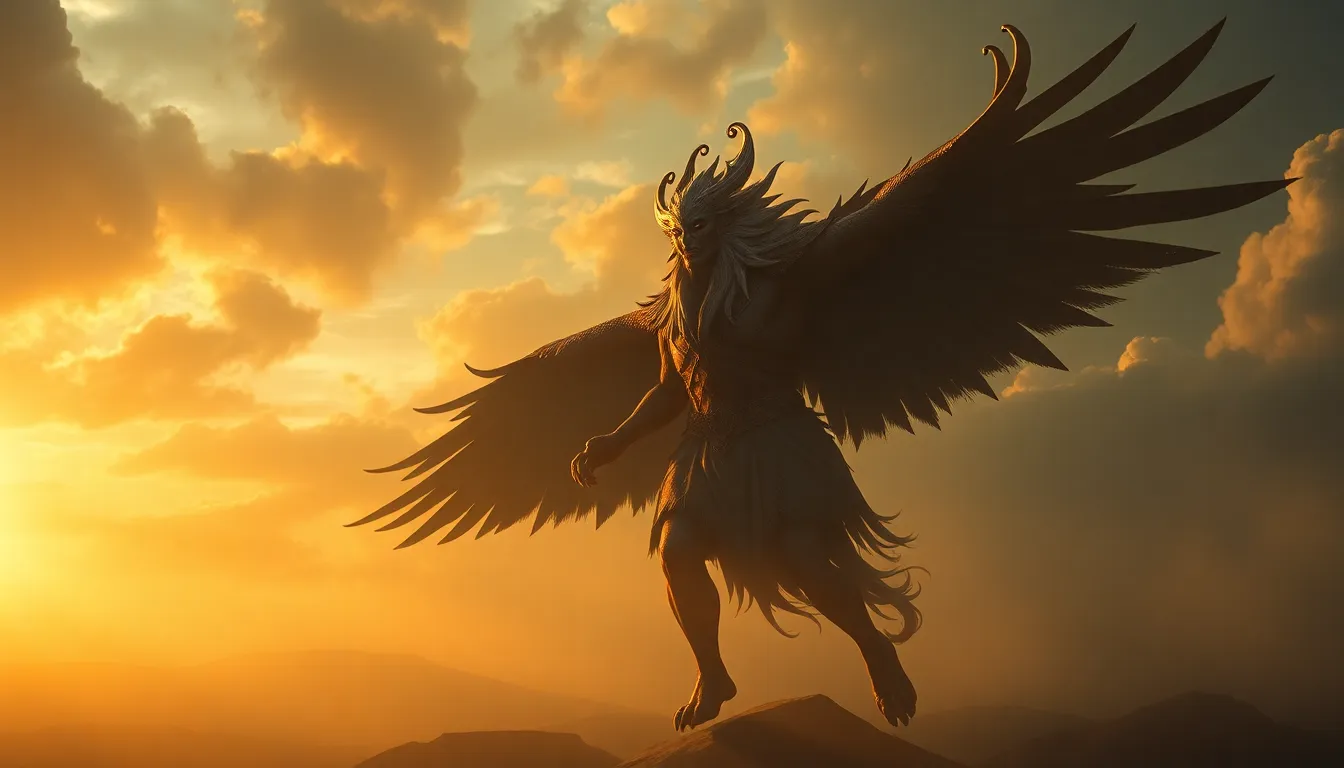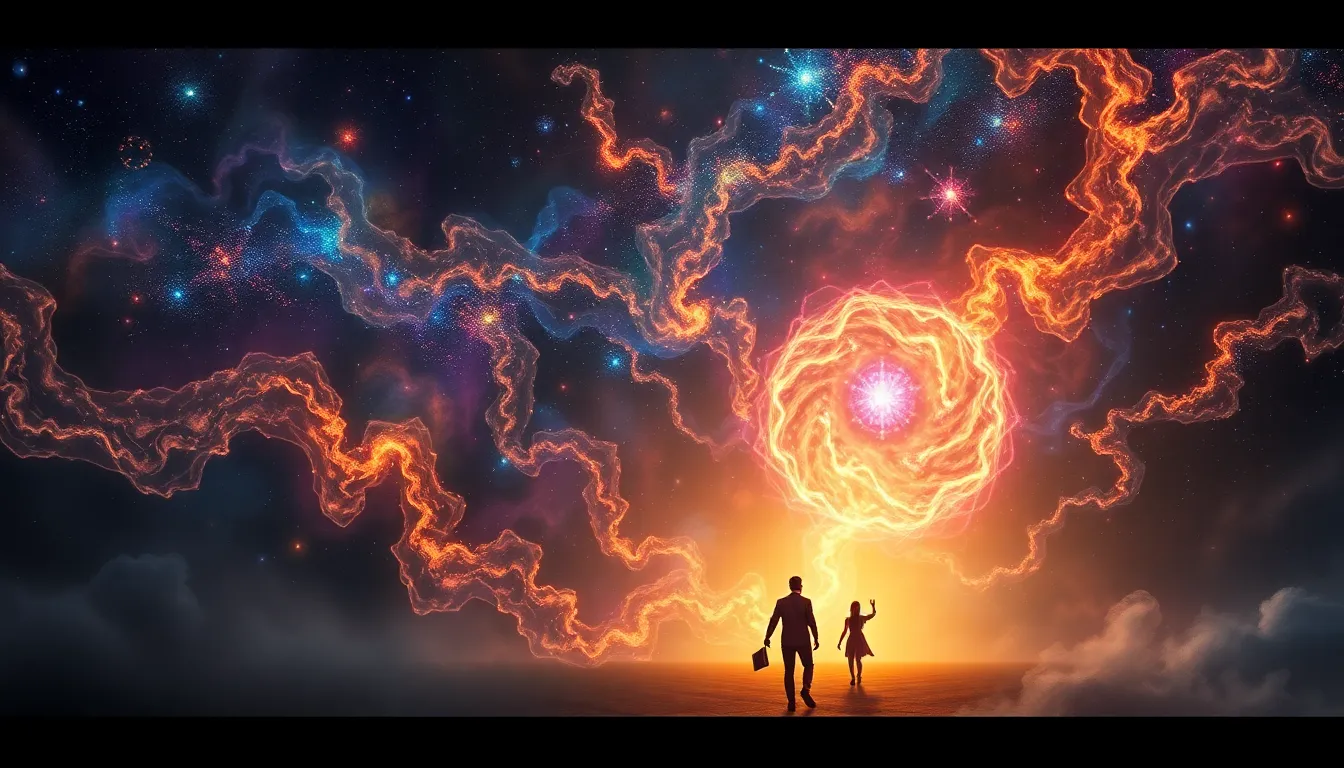Hawaiian Mythology and Dreamtime
Hawaiian mythology is a rich tapestry of stories, legends, and beliefs that have been passed down through generations. Central to this mythology is the concept of Dreamtime, a realm of dreams, spirits, and ancestral knowledge. This article will delve into the fascinating role of Dreamtime in Hawaiian mythology, exploring its significance in creation, knowledge, and the Hawaiian identity.
Kūpuna and the Creation of the World:
In Hawaiian mythology, the Kūpuna, or ancestors, are believed to have created the world through their dreams. The Dreamtime is seen as the primordial state, where the universe existed in its purest form. Through their dreams, the Kūpuna shaped the islands, the ocean, and all living things. This creation process was not a physical but a spiritual one, with the power of dreams bringing the world into existence. It is believed that the very essence of the islands, their beauty, and their power, are derived from the Kūpuna's dreams during the Dreamtime.
The Dreamtime as the Source of Knowledge and Power:
The Dreamtime is not merely a realm of creation but also a reservoir of knowledge and power. It is here that the Kūpuna reside, their spirits lingering in the realm of dreams. This allows them to guide and teach living generations through dreams and visions. Kahuna, or priests, were believed to tap into the Dreamtime through rituals and meditation, gaining access to ancestral wisdom. They could then use this knowledge to heal the sick, predict the future, and provide guidance to their communities. The Dreamtime, therefore, is a source of spiritual power and wisdom, passed down through generations through the power of dreams.
Dreamtime Stories and Their Significance:
The Dreamtime is woven into the fabric of Hawaiian mythology through countless stories and legends. These stories often feature gods, goddesses, heroes, and mythical creatures who embody the values and traditions of the Hawaiian people. These Dreamtime stories offer explanations for natural phenomena, teach moral lessons, and preserve cultural heritage. For example, the story of Kumulipo, a creation chant that traces the lineage of the Hawaiian people back to the gods, is a powerful example of the importance of Dreamtime stories in shaping Hawaiian identity.
Spirits, Gods, and Ancestors in the Dreamtime:
The Dreamtime is populated by a rich cast of characters, each representing different aspects of the natural world and human experience. Aumakua, or guardian spirits, are believed to be the spirits of ancestors who watch over and protect their descendants. Akua, or gods, embody forces of nature, such as the ocean, the sun, and the moon. These gods are often seen as powerful figures who can influence human affairs. In the Dreamtime, these spirits and gods interact with the living and guide their destinies.
Rituals and Practices Connected to Dreamtime:
To connect with the Dreamtime, Hawaiians practiced various rituals and ceremonies. Hula, the traditional Hawaiian dance, is believed to be a way to honor the ancestors and communicate with the spirits of the Dreamtime. Lei, flower garlands, were often worn during ceremonies and represented the connection between the living and the dead. ʻŌlelo noʻeau, or Hawaiian proverbs and sayings, were also believed to contain wisdom from the Dreamtime, offering guidance and insight into life.
The Importance of Storytelling and Oral Tradition:
In Hawaiian culture, stories are more than just entertainment; they are vessels of wisdom, history, and cultural values. The Dreamtime is the source of these stories, passed down through generations through oral tradition. Because of the importance of stories in preserving cultural knowledge, Kumu, or storytellers, played a crucial role in Hawaiian society. By sharing Dreamtime stories through chants, songs, and dances, Kumu ensured that the wisdom of the ancestors remained alive. These stories not only educated the young but also connected the Hawaiian people to their past, their land, and their spiritual heritage.
The Dreamtime and the Role of the Kahuna:
The Kahuna, or priests, were the spiritual leaders of Hawaiian society and were responsible for maintaining the connection between the living and the spirit world. They held a deep understanding of the Dreamtime and its power, and they used this knowledge to guide, heal, and protect their communities. Through rituals, chants, and meditations, Kahuna could access the wisdom of the ancestors and draw upon the spiritual power of the Dreamtime. They used this power to heal the sick, predict the future, and provide guidance on important matters, such as the construction of temples or the management of land.
Modern Interpretations and Influences:
Even today, the concept of the Dreamtime continues to resonate with the Hawaiian people. Modern artists, musicians, and writers often draw inspiration from Dreamtime stories, incorporating them into their work. The Dreamtime also influences contemporary Hawaiian cultural practices, such as Hula and ʻŌlelo noʻeau. Although the Dreamtime is a spiritual concept, its influence extends beyond the realm of religion and spirituality. It is deeply intertwined with Hawaiian identity, reminding the people of their connection to their ancestors, their land, and their spiritual heritage.
The Dreamtime and the Hawaiian Identity:
The Dreamtime is a powerful symbol of Hawaiian cultural identity. It embodies the deep connection Hawaiians have with their ancestors, their land, and their spiritual heritage. The Dreamtime stories, rituals, and practices that have been passed down through generations serve as a guide for living a fulfilling and meaningful life. They teach the importance of respect for nature, community, and tradition. The Dreamtime provides a framework for understanding the world around them and their place within it. By understanding the Dreamtime, individuals can better understand themselves, their culture, and their connection to the past.
FAQ
What is Dreamtime in Hawaiian mythology?
Dreamtime is a realm of dreams, spirits, and ancestral knowledge that is central to Hawaiian mythology. It is seen as a primordial state where the Kūpuna, or ancestors, created the world through their dreams.
How is the Dreamtime connected to the creation of the world?
The Kūpuna are believed to have shaped the islands, the ocean, and all living things through their dreams during the Dreamtime. The very essence of Hawaii is believed to be derived from the Kūpuna's dreams.
What is the significance of Dreamtime stories?
Dreamtime stories offer explanations for natural phenomena, teach moral lessons, and preserve cultural heritage. They often feature gods, goddesses, heroes, and mythical creatures who embody the values and traditions of the Hawaiian people.
What is the role of the Kahuna in relation to the Dreamtime?
Kahuna, or priests, were believed to tap into the Dreamtime through rituals and meditations, gaining access to ancestral wisdom. They used this knowledge to heal the sick, predict the future, and provide guidance to their communities.
How does the Dreamtime influence Hawaiian identity today?
The Dreamtime continues to resonate with the Hawaiian people, influencing modern art, music, writing, and cultural practices. It reminds Hawaiians of their connection to their ancestors, their land, and their spiritual heritage.



